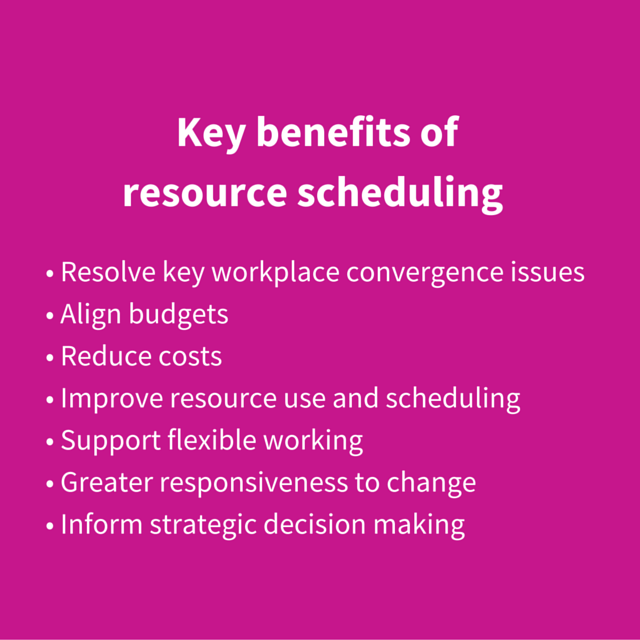 For most organisations, real estate is the second largest expense on their balance sheet behind employees. What this means in practice is that there is a great incentive for the firm to manage its real estate in the most cost-effective way possible and use its estate to leverage the effectiveness of its most valuable asset; people.
For most organisations, real estate is the second largest expense on their balance sheet behind employees. What this means in practice is that there is a great incentive for the firm to manage its real estate in the most cost-effective way possible and use its estate to leverage the effectiveness of its most valuable asset; people.
You may find this white paper helpful: “Doing more with less.”
This raises core issues about the role of the workplace as well as its design and management including:
- Identifying costs and potential savings
- How to accommodate changing working practices including flexible working?
- How to create a working environment that can adapt to future demands?
- How to align the changing demands placed on the workplace with the available resources?
The answer to all of these questions is to acquire and apply reliable data about the way people work and the way the workplace and its resources are used. This not only includes information about the physical workspace itself but also how it is used by its occupants, how it supports key business objectives and how it might be benchmarked against comparable properties across a range of measures including energy efficiency, lease terms and space allocation.
An effective information management system will look to integrate these discrete elements into a single, accessible and comprehensible form. Not only does this improve the usability of data for decision making, it also facilitates the cross-disciplinary development of workplace strategy that reflects the complexity of how people work in the 21st Century.
The benefits of resource scheduling
Resource scheduling is a powerful tool not only because of its ability to help the organisation make more effective use of resources and add to its bottom line, but also because of its ability to open up control of those resources to the people who use them, empowering them to work in the best possible ways and so further meet many of the key workplace objectives of the organisation.
This is particularly important for those resources that support the agile workforce such as hospitality management, videoconferencing and sophisticated room booking systems. The fact that these resources can be accessed and managed on handheld devices and through universal software solutions such as Outlook make resource scheduling an integral part of the working day for a growing number of organisations and their employees. It also explains it is seen as a discrete solution alongside IWMS systems which are more focused on other issues such as lease management and maintenance.
Because resource scheduling systems are able to generate data in real-time that shows how resources are used, it is also an important tool for strategic decision making. By making the organisation aware of how specific resources are used including how often, in what way and by whom it can influence decisions about investments. For example, decisions about the creation of a meeting room might be re-evaluated in light of no-show information derived from the utilisation reports created by a resource scheduling system.
The importance of resource scheduling is only likely to increase over time both as a result of increasing property costs and as businesses become more aware of the features and benefits of the systems. These do not only include the ability to cut costs and energy use, but can also reduce the need for costly and disruptive relocations and refurbishments because organisations are better able to use the space and resources they already own.
Resource scheduling also plays an important role in managing an increasingly agile and diverse workforce. It can help to tailor both the physical and technological working environment to the precise needs of individuals and teams. It can not only improve the way they use resources but also how they work on their own or as part of a team, weaving together the strands of the fabric that binds people to each other and the organisation.